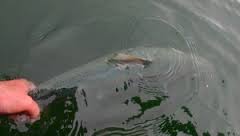
By Cassandra Profita, OPB
Hatchery-reared fish would get the heave ho from certain rivers along the Oregon Coast under the latest strategy to help Oregon’s wild salmon and steelhead.
The new management plan proposed by the Oregon Department of Fish and Wildlife would designate several coastal rivers as “wild fish emphasis areas,” while increasing the number of hatchery fish planted in other coastal rivers to expand fishing opportunities in those waters.
The idea is to improve the way six species of wild salmon and steelhead are managed without shortchanging those people who count on hatcheries to produce enough fish for them to catch.
To find the right balance, the agency convened several stakeholder committees with members from sportfishing, commercial fishing and conservation groups. Stakeholders spent months debating which rivers should get more hatchery fish and which ones should get less.
ODFW’s Coastal Multi-Species Conservation and Management Plan aims to conserve six species in 20 different river basins along the Oregon coast. None of the species are listed under the Endangered Species Act, and the state wants to make sure it stays that way.
The fish face threats from habitat loss, predators and overfishing. And also from their own hatchery-raised relatives. Studies show hatchery fish can compete with wild fish for habitat, and they can impact genetics through interbreeding. Several lawsuits are targeting hatcheries in the Northwest as scientists continue to document conservation risks to wild fish from hatchery releases.
Of course, hatcheries also serve an important role in coastal communities.
“They provide fish for people to catch,” ODFW program manager Tom Stahl says. “We’re trying to balance the hatchery program in terms of providing that fishing opportunity and also conserving wild fish populations.”
The state plan, which is currently in draft form and open to public comment, wouldn’t reduce the overall number of hatchery fish being released into coastal rivers. In fact, it would increase that number slightly from 6 million to 6.3 million per year. But it would reduce the number hatchery fish being released in some rivers such as the Kilchis, Siletz, and the Elk.
The plan has sparked outcry from both sportfishing and conservation groups. Some fishermen prefer to catch fish on rivers that would have fewer hatchery fish under the plan, and some conservation groups have put a lot of effort into improving wild fish runs on rivers that would get more hatchery fish.
After sitting on one of the committees, Alan Moore of the conservation group Trout Unlimited says it will be impossible to make everyone happy.
“The Kilchis River will be a wild fish emphasis area, and hatchery production will be moved to Nestucca River,” Moore says. “Trout Unlimited is planning a bunch of habitat conservation work on the Nestucca. We’re wondering: Should we be thinking about moving it to a different river where it stands a better chance of helping wild fish?”
Meanwhile, fishermen who rely hatcheries to ensure enough fish to catch are counting to make sure that the hatchery fish proposed to be removed from the Kilchis are actually going to be released somewhere else.
“Everybody’s counting fish,” Moore says.
The plan would also put more effort into preventing hatchery fish from interacting with wild fish overall, Stahl says, and it proposes a sliding scale for fishing seasons that would allow more fishing in years with higher predicted runs of fish.
“The plan really is trying to be proactive in increasing conservation as well as increasing fishing opportunity,” he says. “We’re threading that needle.”
ODFW is holding six meetings this month to collect public comments on the plan. The first meeting is from 6 to 9 pm Thursday at ODFW Headquarters, 4034 Fairview Industrial Drive SE, in Salem.
Other meetings will be held from 6 to 9 pm:
- Jan. 21 at the TIllamook County Library Meeting Room, 1716 3rd St., in Tillamook;
- Jan. 23 at the Best Western Plus Agate Beach Inn, 3019 N. Coast Highway, in Newport;
- Jan. 27 at Douglas County Library Meeting Room, 1409 NE Diamond Lake Blvd., in Roseburg;
- Jan 28 at North Bend Community Center, 2222 Broadway St., in North Bend; and
- Jan. 29 at Reedsport Community Center, 451 Winchester Ave., in Reedsport.


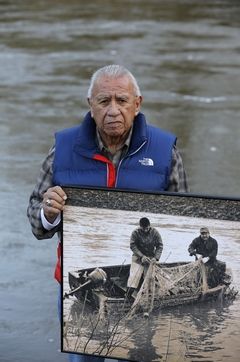

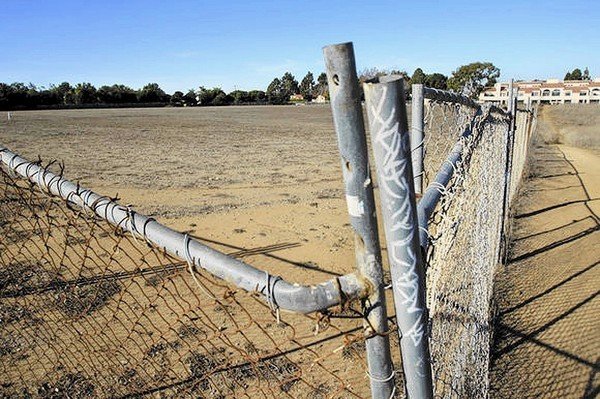

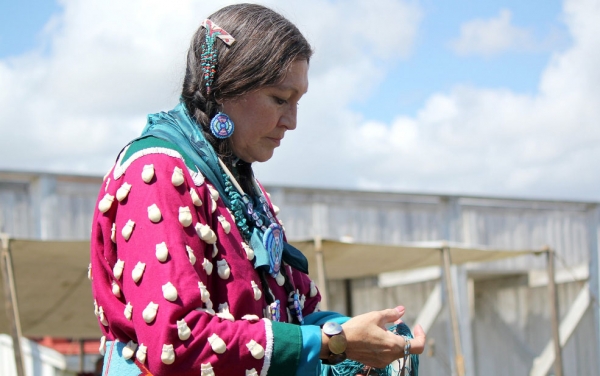

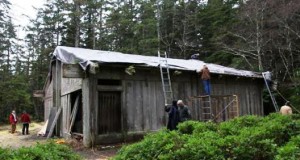
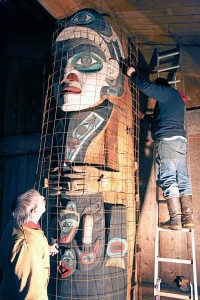
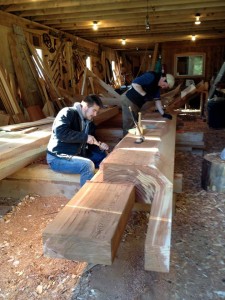
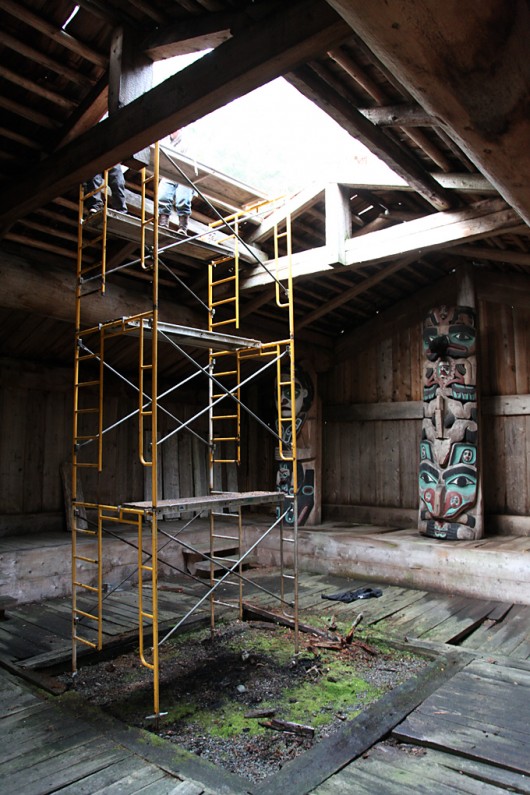



 In current state law, English is Alaska’s only official language. This bill would expand the list to include Iñupiaq, Siberian Yupik, Central Alaskan Yup’ik, Alutiiq, Unangax̂, Dena’ina, Deg Xinag, Holikachuk, Koyukon, Upper Kuskokwim, Gwich’in, Tanana, Upper Tanana, Tanacross, Hän, Ahtna, Eyak, Tlingit, Haida, and Tsimshian.
In current state law, English is Alaska’s only official language. This bill would expand the list to include Iñupiaq, Siberian Yupik, Central Alaskan Yup’ik, Alutiiq, Unangax̂, Dena’ina, Deg Xinag, Holikachuk, Koyukon, Upper Kuskokwim, Gwich’in, Tanana, Upper Tanana, Tanacross, Hän, Ahtna, Eyak, Tlingit, Haida, and Tsimshian.


